From the Rio Xingu in Brazil we have received frog catfishes, which are assigned to the species Batrochoglanis villosus. Batrochoglanis was previously placed with Pseudopimelodus. More recent work has divided the frog catfishes into a whole series of genera, which makes it difficult to see through, especially since many species from different genera look darn similar purely in color.
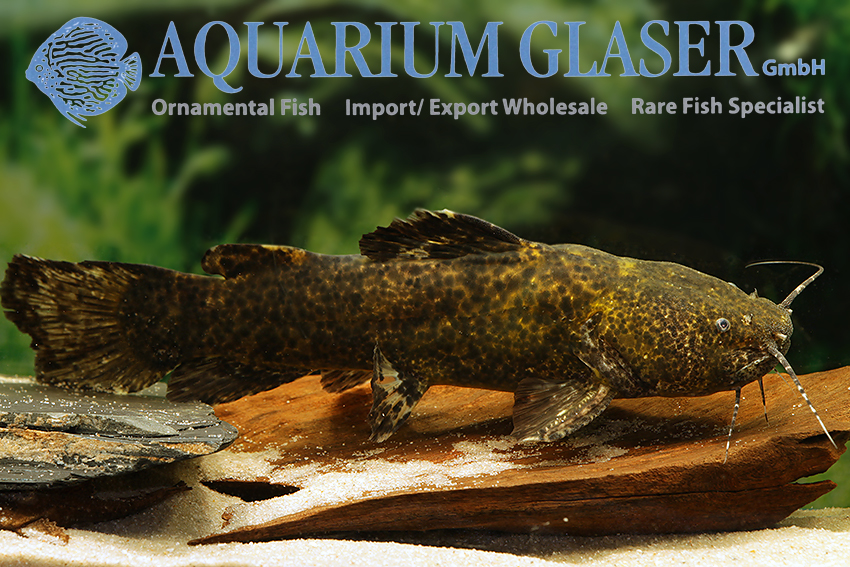
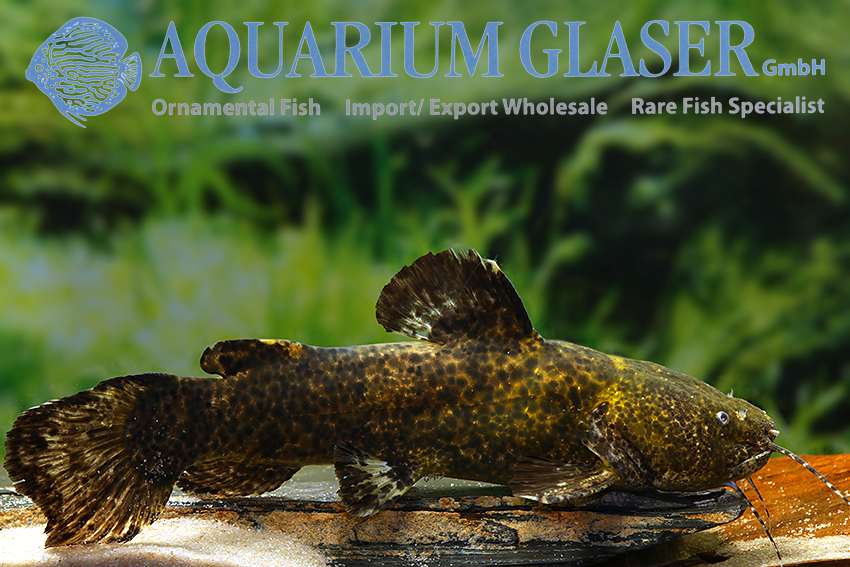
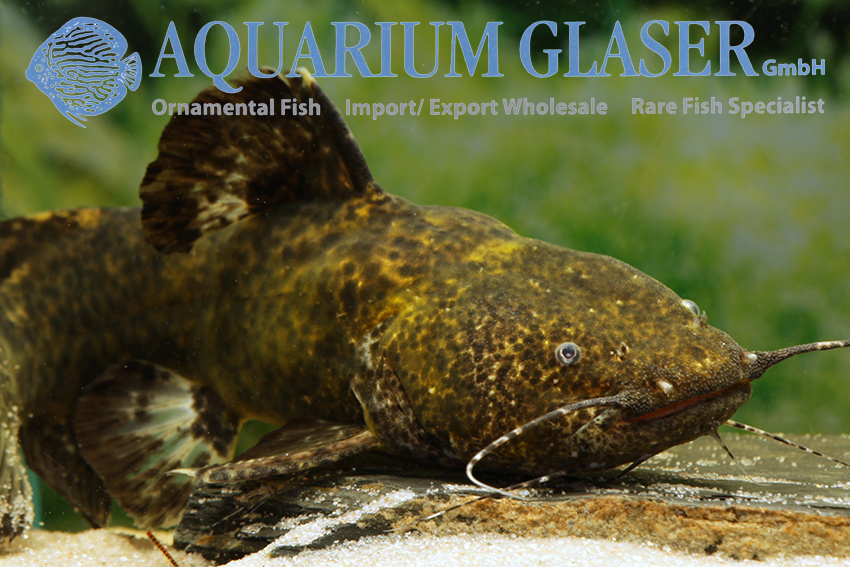
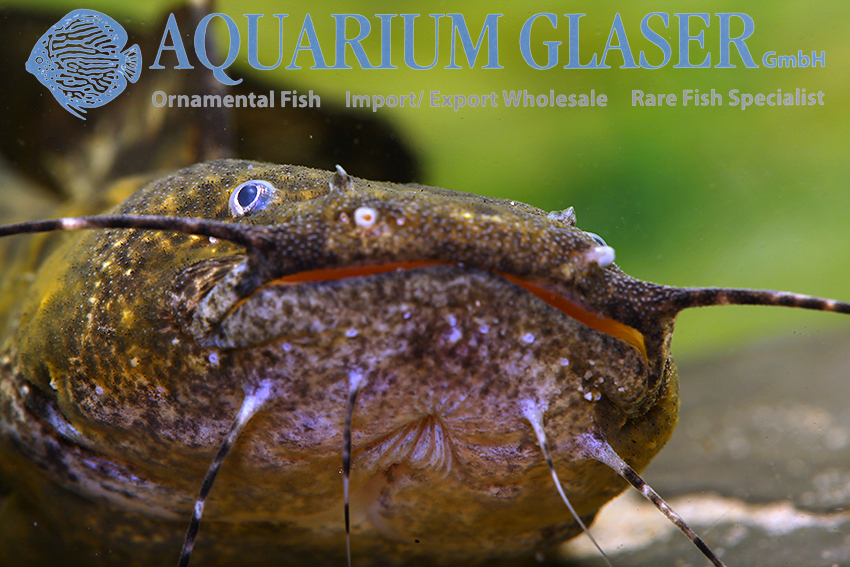
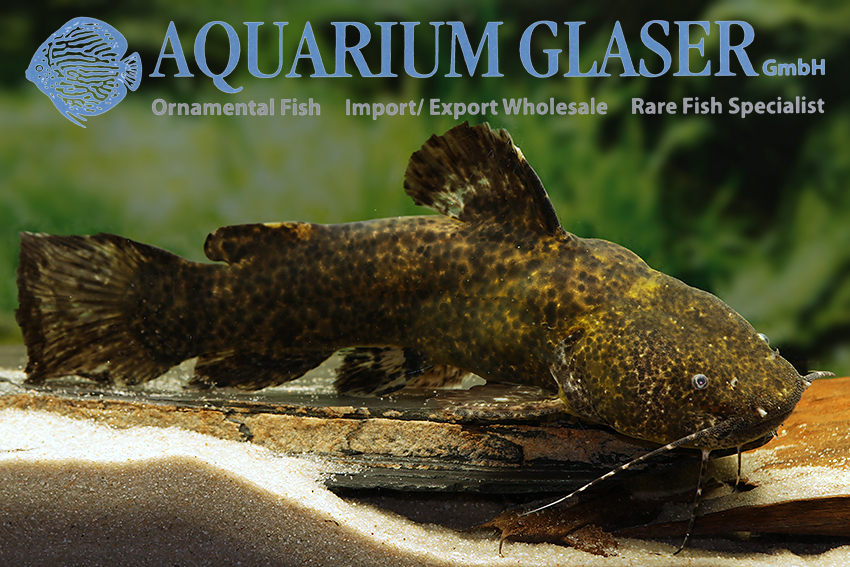
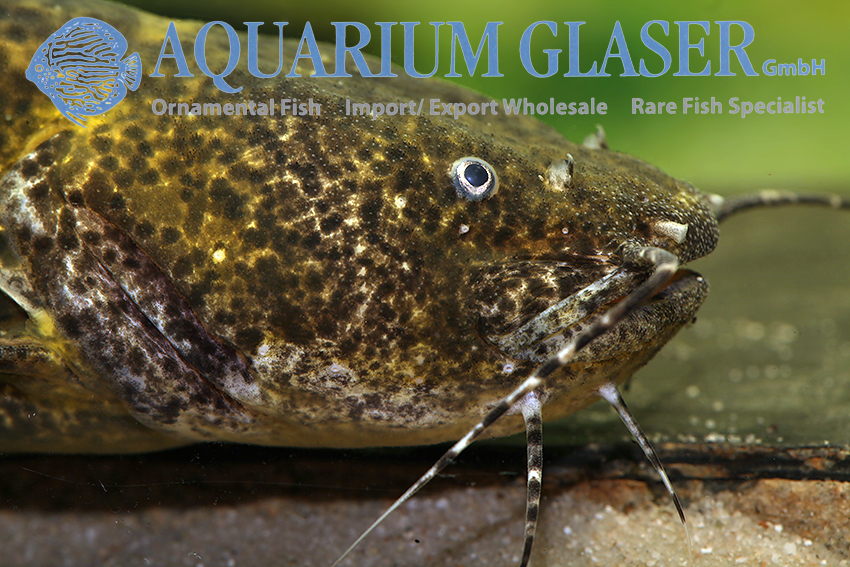
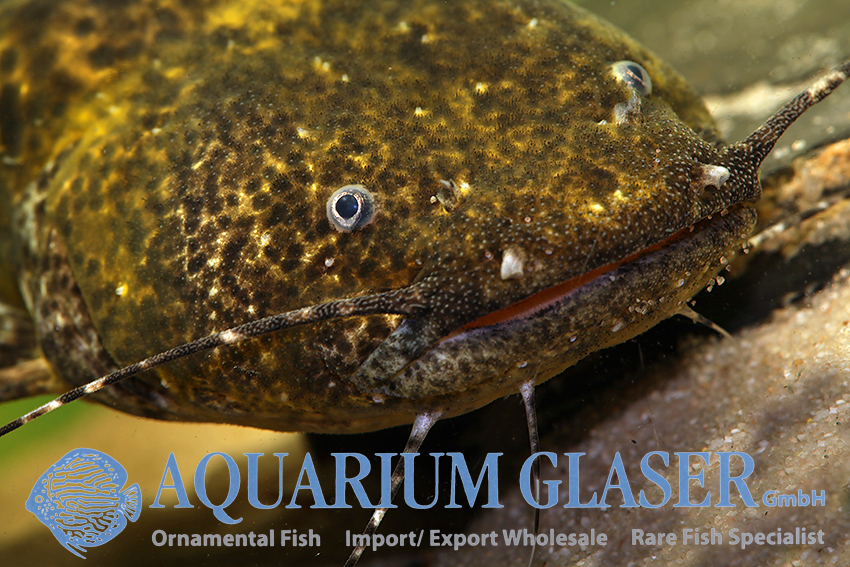
But in this case we are sure – at least concerning the genus. Batrochoglanis can be easily distinguished from Cephalosilurus, which contains very similar species, by the structure of their mouths. In Cephalosiliurus the lower jaw is longer than the upper jaw, so it is clearly protruding, and in Batrochoglanis it is just the opposite.
Admittedly, one cannot be completely certain about the species identification, because B. villosus, as the species is currently understood, is supposed to have a vast distribution range in the Amazonian, Orinoco, and Guyanese lands (Demera and Essequibo). Almost all fish species with such a large range, when looked at more closely, have turned out to be different species that only resemble each other. That is why it is so special that we have these catfishes with locality.
Batrochoglanis villosus is a small one among the big catfishes. It probably does not grow longer than 15 cm, at least no larger specimens have been deposited in scientific collections. Grant writes in his book “Pims” (2021) about a 20 cm long specimen, which he raised from a 3 cm long juvenile. The animal was very peaceful, he said, but ate any fish that would fit in its mouth.
For our customers: the fish have code 209983 on our stock list. Please note that we supply exclusively to wholesalers.
Text & photos: Frank Schäfer




